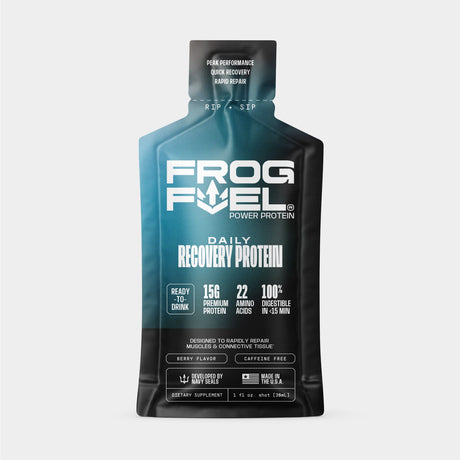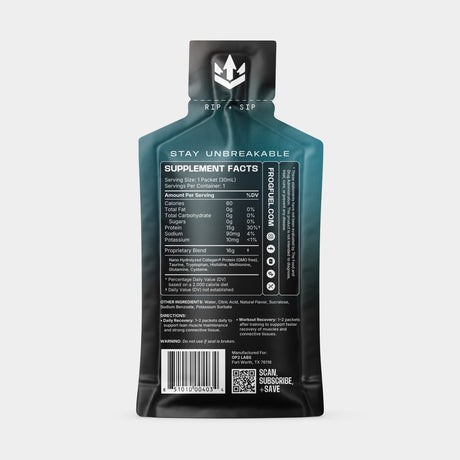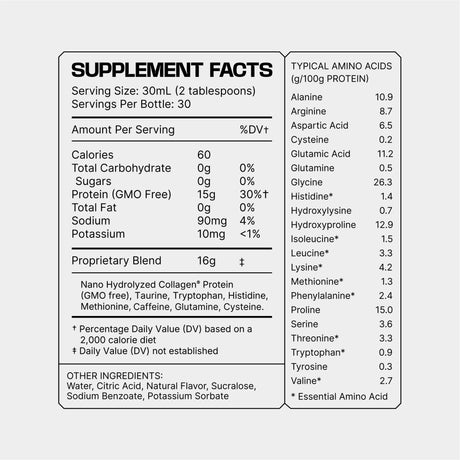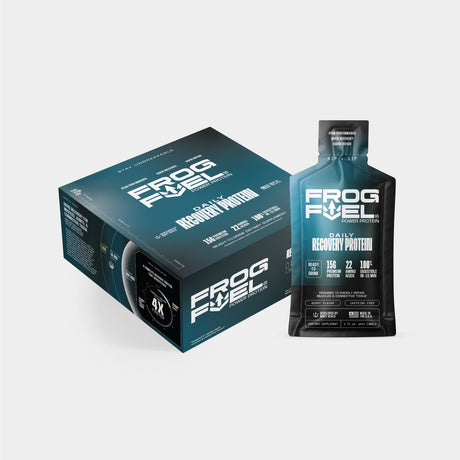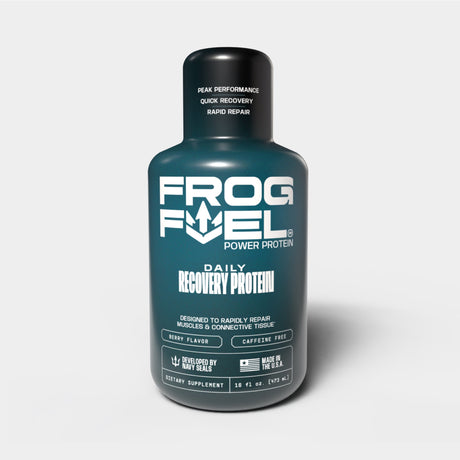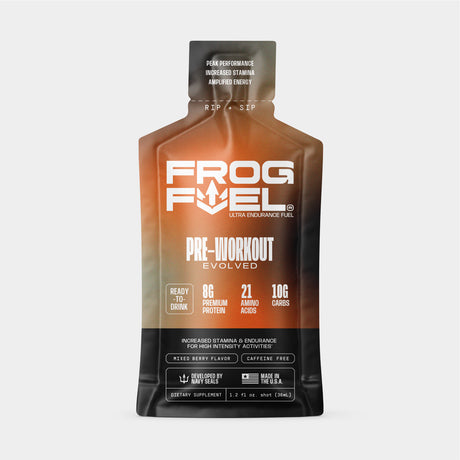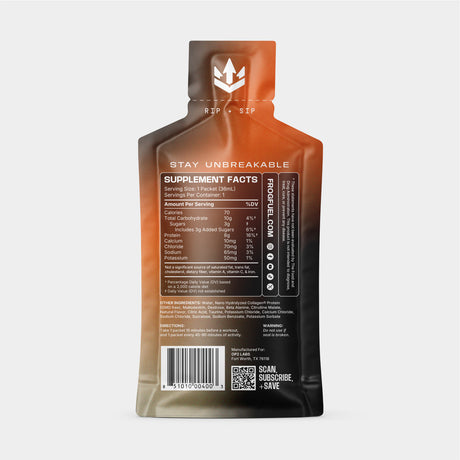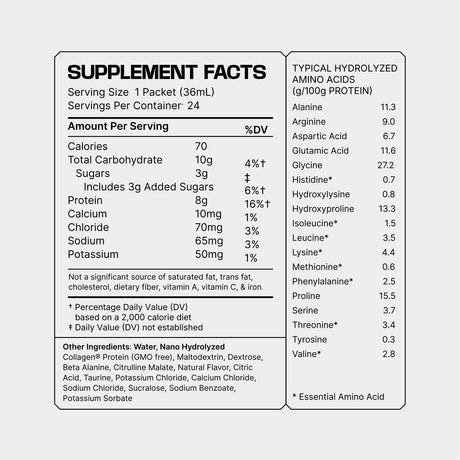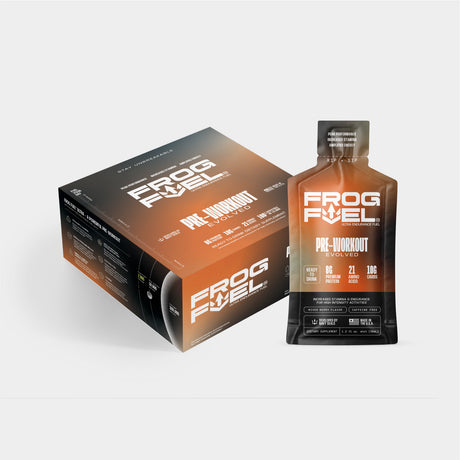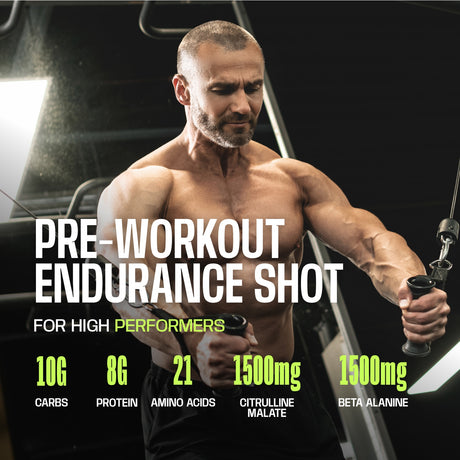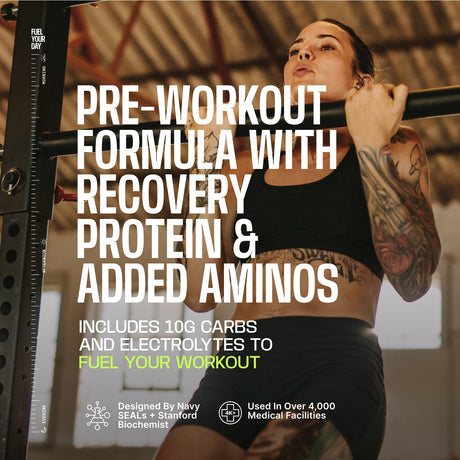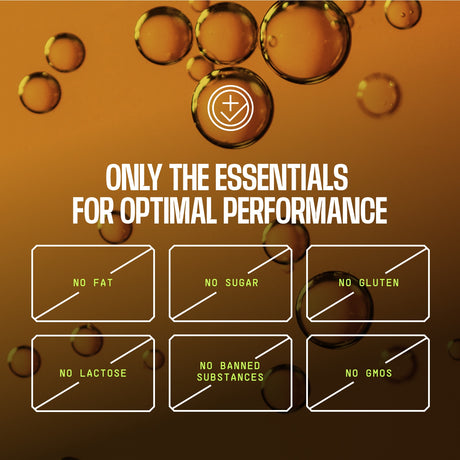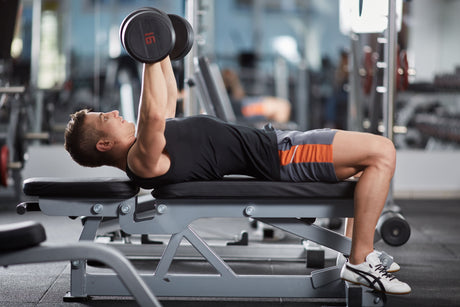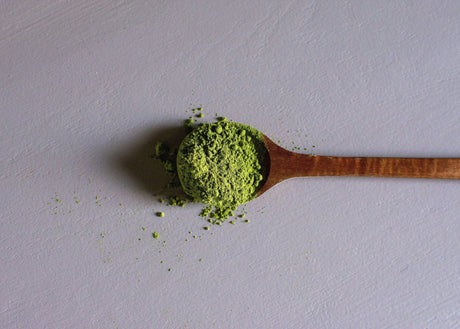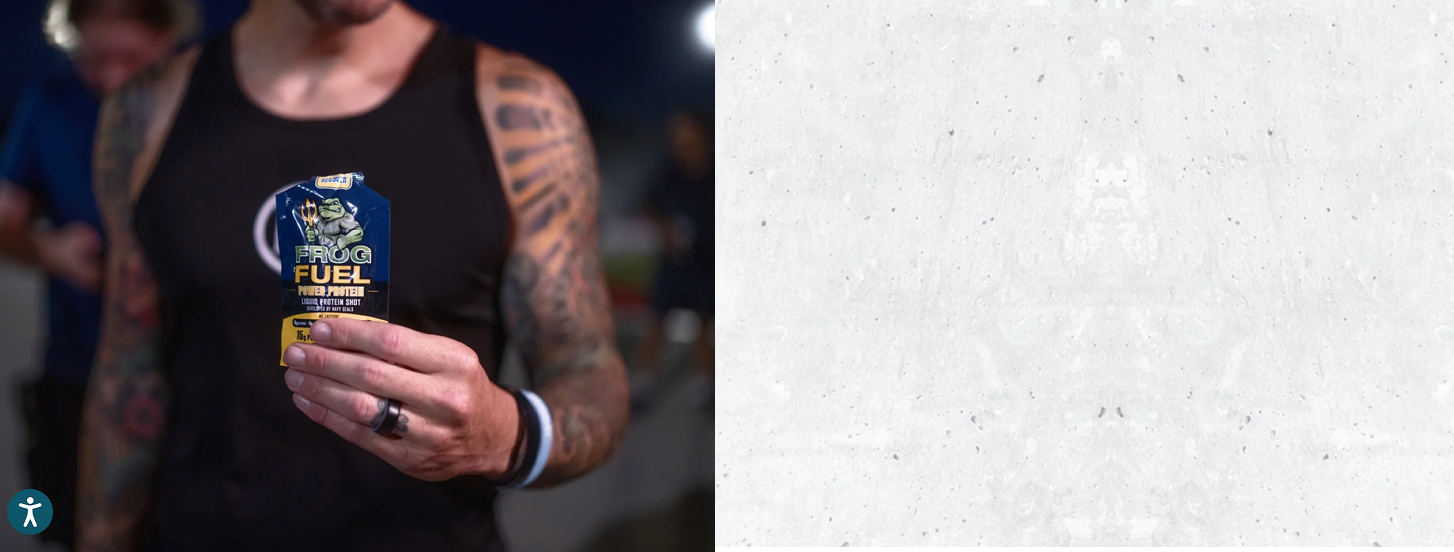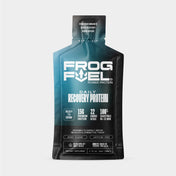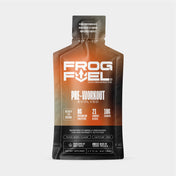Collagen is an extremely popular supplement - one that is used for medical nutrition therapy, anti-aging routines, and fueling your best workouts. But we do make collagen naturally, which begs the question: where is collagen found in your body?
Answering the question of where collagen is found is not as simple as you might think. That’s why we wrote a whole article about it!
Collagen is an extremely abundant protein found in all animals, including humans. That’s why taking a collagen supplement is often recommended. After all, if you already have collagen existing in your body, adding more should only be beneficial, right?
This is especially true because as you age, your body’s natural collagen production slows, but your body still needs it to stay healthy.
Although this article won’t go into the long list of collagen benefits, we will answer a few very common questions Frog Fuel customers have, including:
What is collagen?
Where is collagen found in the body?
Why does collagen production decrease with age?
AND
Are there foods high in collagen, and what are they?
There’s a lot to unpack, but the more you know about collagen, and where collagen is found, the better you can understand how your supplement may benefit you - not only in your workouts but in your overall health.
What is collagen, exactly?
Collagen is a protein abundant in the human body. In fact, it is the most abundant protein. Your connective tissues, including your skin, muscles, cartilage, tendons, ligaments, organ tissue, blood vessels, and bones are all places where collagen is found.
You can think of collagen as the glue that holds your body together, forming the strength, structure, and elasticity you need to move. Your body uses several types of protein to create, repair, and structure cells, but collagen makes up about 1/3 of your body’s protein composition.
Collagen is made from amino acids that have bonded together, forming a triple helix of the elongated fibril. That structure is known as a collagen helix, which is what is primarily found in your connective tissues.
Collagen is so abundant because it can have different densities due to varying degrees of mineralization. That’s why collagen tissue can be rigid in your bones and teeth, but compliant in your tendons and ligaments, or somewhere in between when formed in your cartilage.
The three primary amino acids that form collagen include: proline, glycine, and hydroxyproline (or hydroxylysine.)
However, these are not the only amino acids that make up collagen composition. When the triple helix of collagen is formed, it makes up the repeating motif, or three-dimensional architecture, of Gly-Pro-X, where the X can be any amino acid.
The three primary amino acids that form a collagen helix are nonessential amino acids.
Nonessential amino acids are amino acids your body produces naturally, meaning that you do not need to consume them other than in times of illness and stress or if your body’s natural synthesis slows down over time. (Which is the case with collagen.)
Without getting too scientific, each amino acid in the collagen helix has a specific function and must work together for your body to form a collagen molecule.
The glycine is the only amino acid that can fit into the crowded center of the collagen helix because of the location of its hydrogen atom. Then, you have the proline and hydroxyproline bond that enables the chain to fold into an actual helix, twisting together.
The complexity of the amino acids is one of the main differences between whey and collagen protein. Although both proteins can yield similar results, the both serve slightly different purposes - and only collagen is found in your body.
How your body makes collagen
As you now know, the stranded structure known as a collagen helix is formed using the amino acids glycine and proline as the major components. But when these amino acids come together, it is only the precursor (procollagen), not the collagen molecule in the whole form.
For procollagen to become collagen, it needs the addition of hydroxyl groups to attach to the amino acids of proline and lysine.
The actual production of collagen happens in the cells of fibroblasts. Fibroblasts are the most common type of cell found within your connective tissues, and they are what secrete collagen proteins.
The synthesis of collagen can be improved with the help of vitamin C as a cofactor, and a deficiency in vitamin C can cause an impaired collagen synthesis in your body.
Vitamin C deficiency can also cause scurvy, where defective synthesis of collagen prevents your body from forming strong connective tissue. This leads to skin disorders, tooth loss, and wounds that cannot heal.
So, as you can see, collagen is extremely important to the human body!
Where is collagen found in your body?
Collagen is found where you have connective tissue. It’s as easy as that.
But did you know that there are about 28 different types of collagen we know of!? And, not all of these collagen types are found in humans.
So, what types of collagen does our body produce, and where is collagen found in terms of the type of collagen?
Types of collagen in our body
There are five main types of collagen found in the human body, and almost 90% of it is Type 1 collagen.
Type 1 collagen is found where you have skin, internal organs, tendons or bones. In other words, it’s almost everywhere!
Type 2 collagen is found where you have cartilage, in areas like your knees, elbows, the ends of your ribs, and between the vertebrae in your spine.
Type 3 collagen is found in bone marrow and lymphoid tissues.
Type 4 collagen is found in the basement membrane - thin sheets of collagen that surround most of your tissues.
And Type 5 collagen is found where you have hair, and also on the surface of your cells.
So, looking at that list, you can see the answer to the question, “where is collagen found?
It’s found just about everywhere!
Here is the percentage of connective tissues collagen makes up in the main area of your body where collagen is found:
- Skin = 75% collagen
- Tendons = 85% collagen
- Joint cartilage = 70% collagen
- Bones = 90% cartilage
While collagen is found in other connective tissue in your body, these areas have the highest concentration.
Now that you know where collagen is found, and how prevalent it is in your body, you can see how important it is for proper body function. But how do you know if you are getting enough collagen, and how can you get more naturally?
How to get enough collagen protein
There are two primary reasons why your natural collagen production may decrease: age and diet.
Other environmental factors like smoking, sun exposure, and toxins may also inhibit collagen synthesis. Ultraviolet radiation from sun exposure can also damage collagen fibers, reducing collagen production.
As you age, your collagen production is thought to decrease around 1% each year, starting in your mid-twenties. While this may be true and the average for many people, your diet has a lot to do with your overall health and natural collagen production.
Although your body will continue to produce some collagen, as your natural synthesis decreases, no matter the reason, your body will start to see the effects. This will come in the form of skin lines, wrinkles, achy joints, and more.
If your body isn’t making enough collagen, you need to know where to get more. It’s important to be able to answer the question: “where is collagen found in food?”
Collagen is not vegan because it is only found in animal products. So, for vegans and vegetarians, there will be no real source of collagen to supplement within your diet.
However, plant-based eaters can still support natural collagen synthesis by eating foods that contain the amino acids needed to produce collagen. This includes eating foods high in vitamin C and antioxidants to help support collagen synthesis.
Foods high in collagen include:
- Chicken
- Fish and shellfish
- Bone broth
- Egg whites
- Other meats like beef, pork, etc.
Foods that may help with natural collagen synthesis include:
- Citrus and tropical fruits
- Berries
- Legumes
- Bell peppers
- Leafy greens
- Tomatoes
Are you getting enough collagen from your food?
Animal products do indeed contain collagen, but eating collagen in the whole form may not be the most bioavailable or effective way to get those amino acids your body needs. In fact, collagen in the whole form is very hard for your body to digest.
Even if you eat a lot of foods to increase your collagen levels, you may not be reaping as many benefits as you might think.
But if you can’t get all the collagen you need from foods, then where is collagen found that your body can fully absorb?
The best source of collagen for your body
The best source of collagen comes in the form of collagen peptide supplements. As with any dietary supplement, not all of them are created equal. So, when looking into adding a collagen supplement to your diet, make sure it is easy to absorb and contains clean ingredients.
When we say find collagen that is easy to absorb, we mean that it should be hydrolyzed or nano-hydrolyzed (may also be labeled as collagen peptides).
When collagen goes through the process of hydrolysis, the collagen molecules are broken down into smaller pieces so your body can process and digest them fully. If they aren’t hydrolyzed, then you end up passing most of the amino acids, and your body doesn’t get what it needs to make new collagen in your body.
Beyond being hydrolyzed, if a collagen protein contains digestive enzymes as Frog Fuel does, it will digest within 15 minutes of consumption. That makes it super easy on your stomach.
Learn more about how collagen can up your game in our complete guide to using liquid collagen protein.


